Plants For Biodiversity and A Changing Climate
One of the key measures of environmental health is biodiversity. As of June 2023, Ozark Akerz is home to over 600 species of plants, insects, reptiles, birds, fungi, mammals etc.
Our strategy for increasing biodiversity at Ozark Akerz has taken many forms. This includes but is not limited to:
In terms of labor, planting native perennial plants in the food and medicine forest has been the most intensive. We have planted 130+ trees, shrubs and other perennial plant, all of which require regular watering, weeding, and hand picking insects like Japanese Beetles every morning for 3-4 weeks during summer to ensure they have a fighting chance to grow. The increase in plant species has had a knock-on effect on the increase in insect, reptile and bird species. Native Trees, Shrubs and Tropical Perennials
With our climate changing, we have been careful to select mainly native plants that can grow in North Carolina but that will also adapt to warmer temperatures. National Geographic reports that production of staple crops such as corn and potatoes are likely to fall up to 24% due to warming.
Many of the native shrubs, trees and wildflowers we've reacquainted to the food & medicine forest were once prevalent in our landscape. This years’ additions to the food & medicine forest include 4 new native shrubs, New Jersey Tea aka Red Shank (Ceanothus Americanus), Black Choke Cherry (Aronia melanocarpa), American Beautyberry (Callicarpa Americana) and White Fringetree (Chionanthus virginicus). They will join 150 other plant species in what used to be a hay field with 10 plant species at most. Many of these plants are of cultural importance to our local indigenous communities, the inspiration for our regenerative farming journey. The biodiversity of the variety of plants not only provides food, medicine and materials for tools, they are also security from disease or pests wiping out an entire food source, as was the fate of the American Chestnut. If we only grew apples, we would not have this security. We are also adding 2 experimental tropical perennials, taro (Colocasia esculenta) and yacon (Smallanthus sonchifolius). Utopian Seed Project has successfully grown both plants as annuals in the North Carolina Mountains. They have generously given us seed to sow at Ozark Akerz in 2022. Our goals for these two tropical perennials are:
How and When to Plant
We will be starting the taro and yacon indoors in late February for transplanting into the ground after the risk of frost has passed in mid to late April. They grow quickly indoors, so we will transplant them to larger, deeper containers after they have sprouted. Like all plants started indoors, they will need gradual introduction (hardening) into their natural environment.
The native shrubs and trees are all bare root saplings and will be transplanted into the Food & Medicine Forest in February and March. We don’t fertilize new trees, but we do add compost, a small handful of lime, a large pinch of rock phosphate and a large pinch of greensand to the soil before placing the sapling in the hole. We try to dig the hole in a square to allow for nooks and crannies for roots to penetrate, a round hole makes it harder for this to happen, especially in clay soil like ours. Plant hardiness zone information Ozark Akerz Regenerative Farm is in US zone 7b, we select plants that are heat tolerant to at least zone 8 to ensure the plants have a better chance of enduring a warming climate. Find your hardiness zone. White Fringetree: 3a-9a Black Chokecherry: 3a-8a New Jersey Tea: 4a-8a American Beautyberry: 6a-10a Uses and benefits of the plants
Each of these plants attracts more biodiversity in the form of insects that are attracted to the pollen, birds that eat the seed as well as providing the gifts of food & medicine and materials for tools for humans on the farm.
American Beautyberry
Choke Cherry Bounce Recipe
Filmmaker and Executive Producer Laura Cox, shared this memory with us on LinkedIn. “My grandpa used to make choke cherry bounce. Do you know what that is? Fun to share with friends and family usually served in a shot glass and sipped slowly;) it’ll tickle your nose. Good memories.”
We had never heard of Choke Cherry Bounce before, Laura adds that this cordial is best served at room temperature. She shared this Choke Cherry Bounce Cocktail recipe with us. It uses a different species of chokecherry called Prunus virginana, but we’re looking forward to making it once Black Chokecherry starts to gift us fruit. Laura's film Pollinators Under Pressure, narrated by Leonardo DiCaprio, documents the plight of pollinators around the world and the actions we can all take to ensure their survival, and that of humans and ecosystems everywhere. The actions we've taken at Ozark Akerz over the past 4 years are beginning to have a positive impact on overall biodiversity. You don't have to have a farm to take action, your backyard is a perfect environment for supporting pollinators. For information about the 160 plant species in our food and medicine forest, and the pollinators that they support we have made our food & medicine guide available for free on Scribd . You'll find our trusted sources for native plants on our resource page.
[i] https://plants.ces.ncsu.edu/plants/callicarpa-americana/
[ii] https://plants.ces.ncsu.edu/plants/aronia-melanocarpa/ [iii] https://mdc12.mdc.mo.gov/Applications/TreeSeedling/Home/ProductDetails/9? [iv] https://plants.ces.ncsu.edu/plants/ceanothus-americanus/ [v]Boughman, Arvis Locklear and Oxendine, Loretta O. 2003, Herbal Remedies of the Lumbee Indians., McFarland & Company, Inc, Publishers P 77 [vi] Hamel, Paul B. and Mary U. Chiltoskey, 1975, Cherokee Plants and Their Uses -- A 400 Year History, Sylva, N.C. Herald Publishing Co., page 46 [vii] https://plants.ces.ncsu.edu/plants/chionanthus-virginicus/
2 Comments
Des Naz
2/24/2022 10:42:58 am
Hi Mike:
Reply
Ozark Akerz
2/26/2022 03:20:19 pm
Hey Des,
Reply
Leave a Reply. |
Categories
All
Archives
April 2024
Check out our YouTube channel
Copyright © Turboxark Inc 2014-2024 - Terms of Use
|
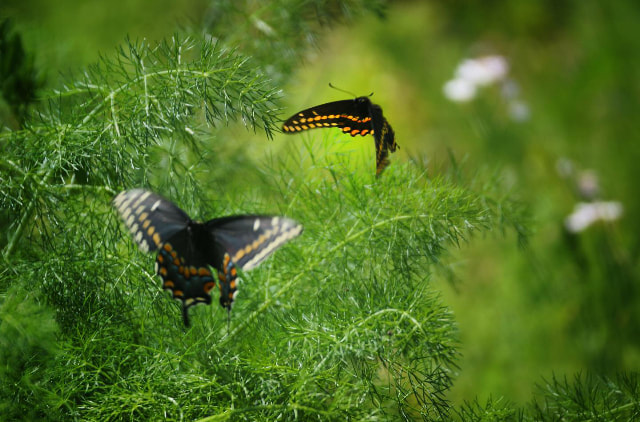
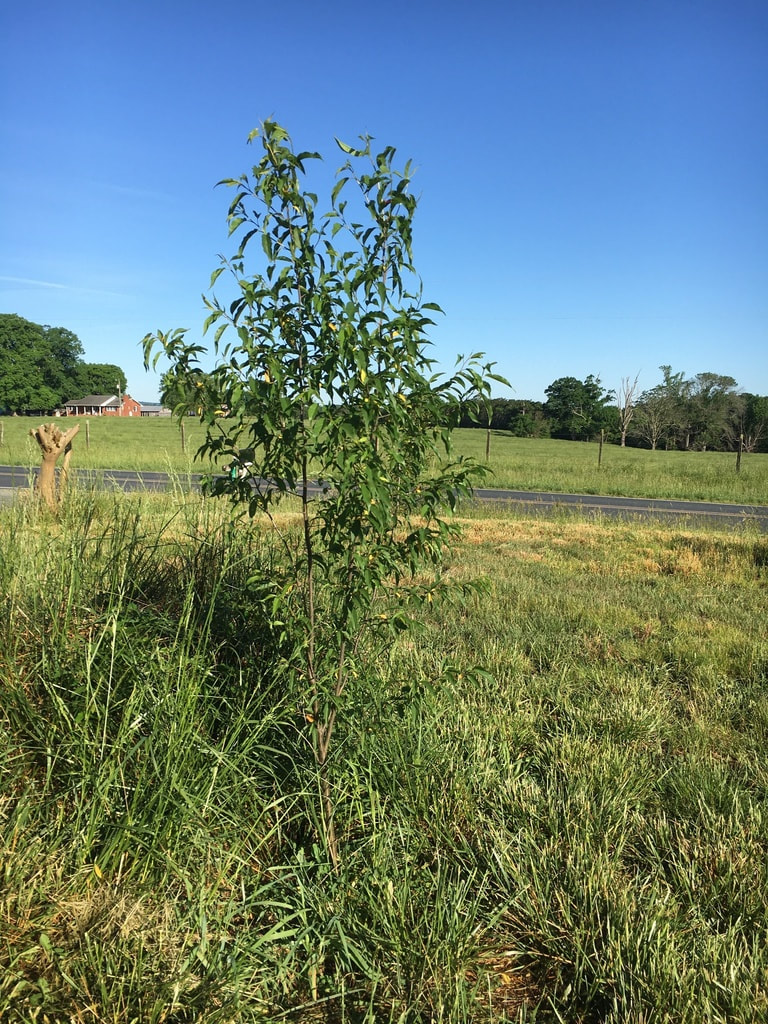
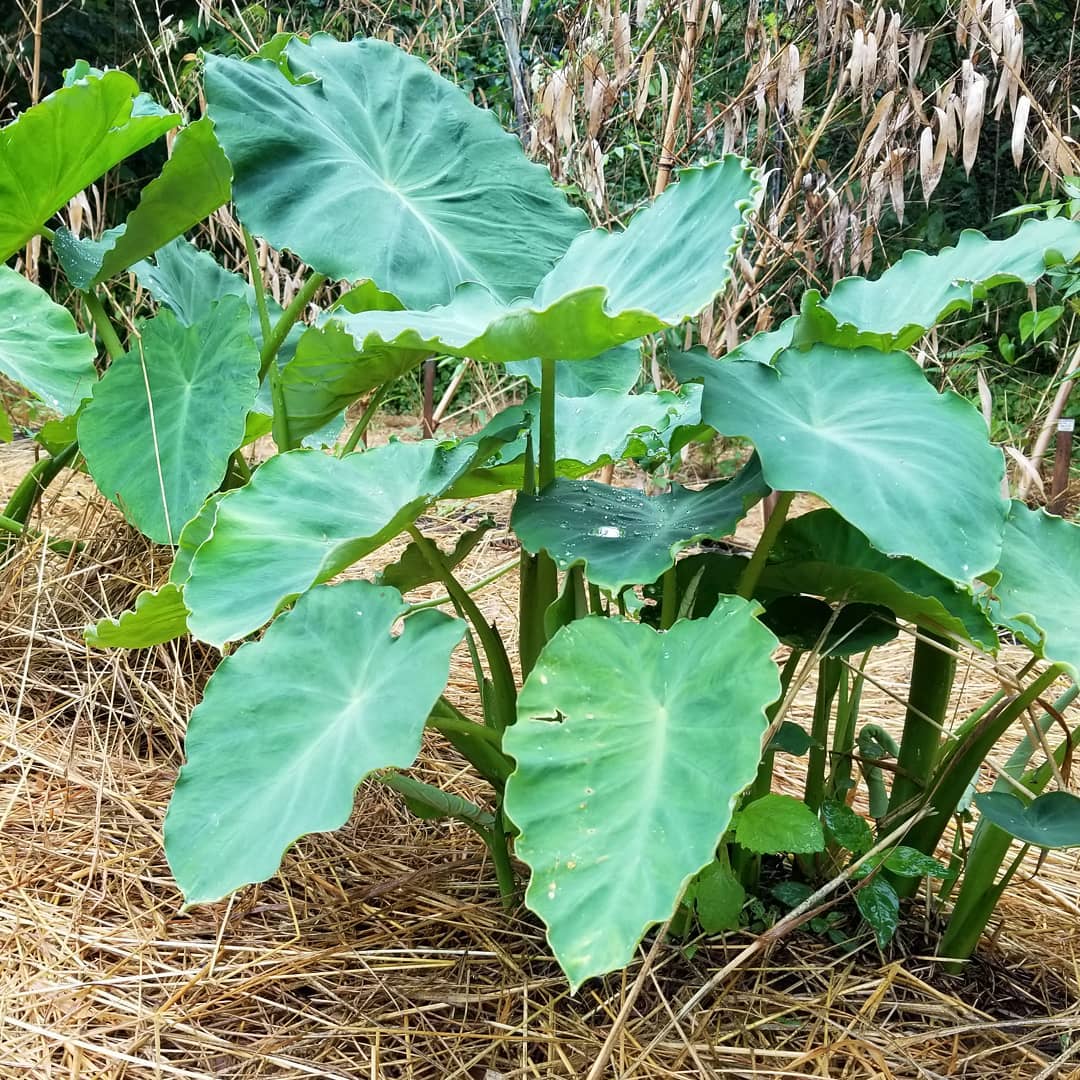
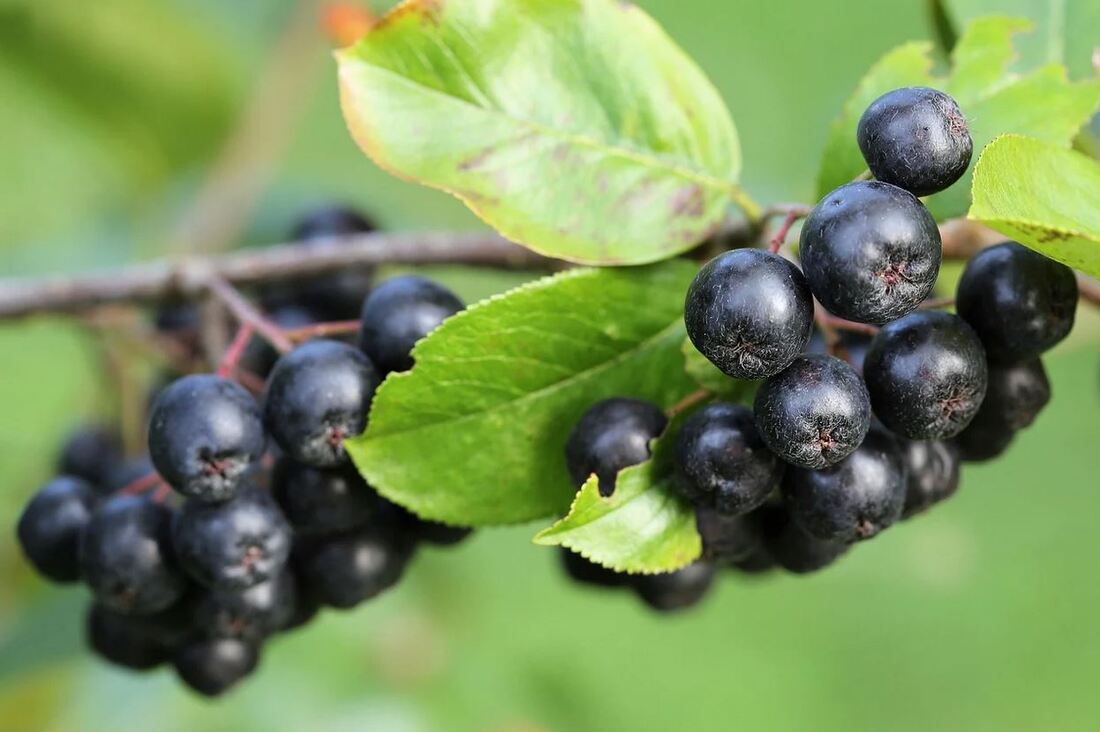
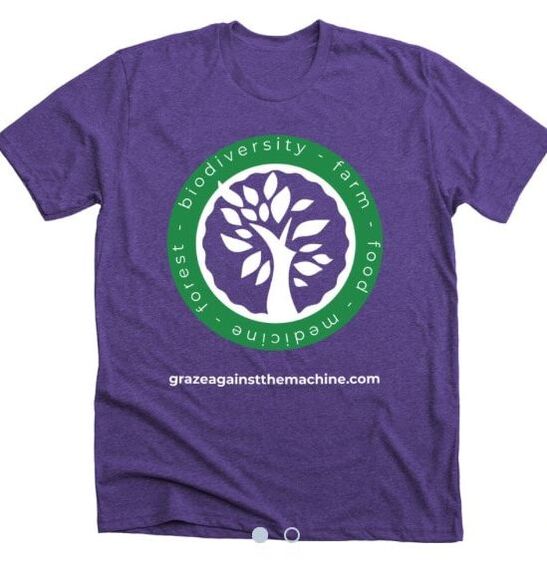
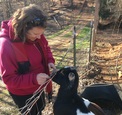

 RSS Feed
RSS Feed